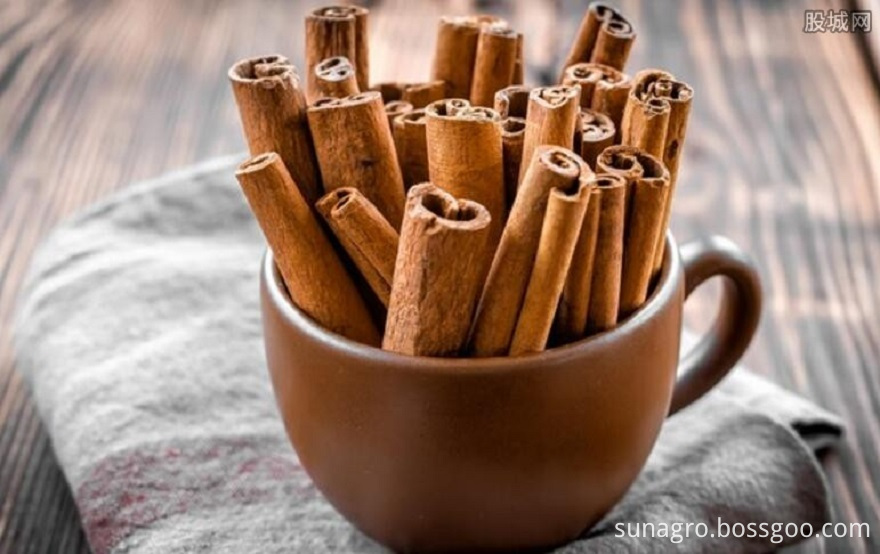Pear scab, also known as scabs and mildew, is one of the major diseases in the pear farm in Yang County. After the onset of disease, it caused early defoliation of pear trees, resulting in the formation of deformed fruit after fruit damage, no commercial nature, and weakening of the tree vigor, which directly caused less fruiting and reduced production in the second year. In order to reduce losses, we will make early preparations for prevention and control of pear black spot disease on the basis of good observation. First, the symptoms pear scab can infect all green young pear tissue, mainly damage the leaves and fruits, but also harm the bud scales, petiole, pedicel, from the flowering period to the harvest period are harmful. The lesions turn yellow in the early stages, then they die and grow into green molds. Second, the incidence of conditions pear black spot disease affected by many factors: First, the meteorological conditions. Early spring rainfall, rainfall, humidity is conducive to the invasion and spread of pathogenic spores. Rainy days last for 48 hours. When the rainfall exceeds 5 mm and the relative humidity exceeds 70%, the temperature begins to germinate at 5-30°C. Conidia germinate. The most suitable temperature is about 22°C. The second is the amount of pathogenic bacteria. There are many germs, and the incidence is heavy, otherwise it is light; the third is variety resistance. China's white pear system is susceptible to disease and pears have strong disease resistance. Cangxi Sydney, Yangshan Pear, Golden Pear and Early Pear were all poor in disease resistance. Golden pears and Fengshui pears have strong disease resistance; Fourth, the comprehensive management level of orchards. All trees are strong, the park is well ventilated and light, and the incidence is light, whereas the incidence is heavy. Black spot disease is generally similar to the occurrence of scab. Third, the law of infection Pear black spot disease with conidia or mycelium in the axillary bud scales, leaves overwintering. In the following year, as the temperature rises in the spring, the pears begin to grow, and the pathogenic bacteria firstly develop on the scales or petioles that are dehiscent from the flower buds, and then gradually spread from the affected parts to the surrounding leaves, shoots, and fruits. With multiple re-infection characteristics, it can cause harm from flowering to fruit picking. After the leaves are damaged, they first appear as round or irregular yellow lesions between the main leaves and lateral veins of the leaves, and then grow black and moldy spots to expand into misty spots and cause early defoliation in severe cases. At the early stage of the onset of the disease, yellowish round spots were produced, and after the gradual enlargement, depressions appeared in the diseased part. After the black mold grows, the lesions were corked, hard, cracked, and the food value was lost in severe cases. Fruit stems, petioles, black oval pits, covered with black mold. I have lesions in the early stages of the disease in early May. The lesions appear in late May and the onset of disease is June-July. Fourth, prevention and control methods should generally strengthen cultivation and management. Pear black spot disease prevention and control should seize two key links, one is to deal with overwintering bacteria, remove the source of infection; the second is when the fruit is near mature, protect the fruit and prevent late infection. The purpose of the production is to strengthen the management of soil, fertilizer, and water, thinning and thinning fruit, rational pruning, increasing ventilation and light transmission, and maintaining robust tree vigor to reduce the incidence of scab. Specific measures include: Clear Garden. After deciduous harvesting, the fallen leaves, deep fruit burying, or concentrated burning were removed, and the diseased branches of the trees were severely burned, and the amount of pathogens was reduced. Fruit bagging. No later than May 20th, the inner black double-layer paper bag was used with the spray and the bag was tightly attached to the bag to reduce the risk of black spot disease and increase the value of the goods. Chemical control. The key period for the use of pesticides is the budding period before June, after flowering, the emergence of diseased shoots, and 15 days before fruit picking. Specifically, when the buds are sprouting, 1-3 Baume degree lime sulfur agent is used to bathe the tree or 600 times liquid spray of cents. After flowering, the emergence of disease shoots selected Fuxing 8000 times or 800 times the world's high-speed spray control. After the selection of Shigao, Xiansheng, Green Shield, agricultural anti-120 fruit trees, special spectrum, polymorpha, every 20 days or so, combined with other pest control alternatives, rotation of spray control, 15 days before picking the fruit to use the residual period The shorter sterilizing bacteria 1000 times prevents and prevents the occurrence of scab damage.
Introduction of cinnamon;We can provide customers with premix service, saving customer processing costs, and our product inventory is large.
Therefore, we do not set the minimum order quantity for the customer, all products can provide free sample test for the customer.
Chinese cinnamon as a spice can stimulate appetite and can be used as a traditional Chinese medicine.
Stimulate appetite.
Increase the smell of food.
The main components of the powder are expected to export order customers please contact us.In order to establish long-term business relations, mutual benefit and common development.

Natural Cinnamon,Cassia Split Cinnamon,Cinnamon Tube,Dried Cinnamon
Jining Sunagro Trade Co., Ltd. , https://www.sunagro-food.com